
Japan is no stranger to catastrophe. From the near-constant sequence of storms and earthquakes that have buffeted these vulnerable islands to the unthinkable that unfolded in Hiroshima and Nagasaki, the Japanese have seen their land leveled, rebuilt and leveled again. But the earthquake and tsunami that struck northern Japan this March were unique in their ferocity, their suddenness and the extent of their destructive power.
Eight months later, the cleanup is well under way, but those who wish to bear witness to the raw wound that was northern Japan in the wake of the tsunami should see the photo collection ATOKATA, just published by the Tokyo-born photographer Kishin Shinoyama. Shinoyama brought his camera to the scene within weeks of the tsunami, and he captures a land ripped apart. Stunned tree limbs, twisted metal and shattered stone bear witness to the moment when, as Shinoyama writes, “nature destroyed itself with an overwhelming energy.”
Yet even in Shinoyama’s dire images there is a hint of recovery. Disaster is in the Japanese DNA—but so is resilience.
Kishin Shinoyama is a photographer based in Japan. ATOKATA was published November 21.
Bryan Walsh is a senior writer at TIME. Follow him on Twitter at @bryanrwalsh.

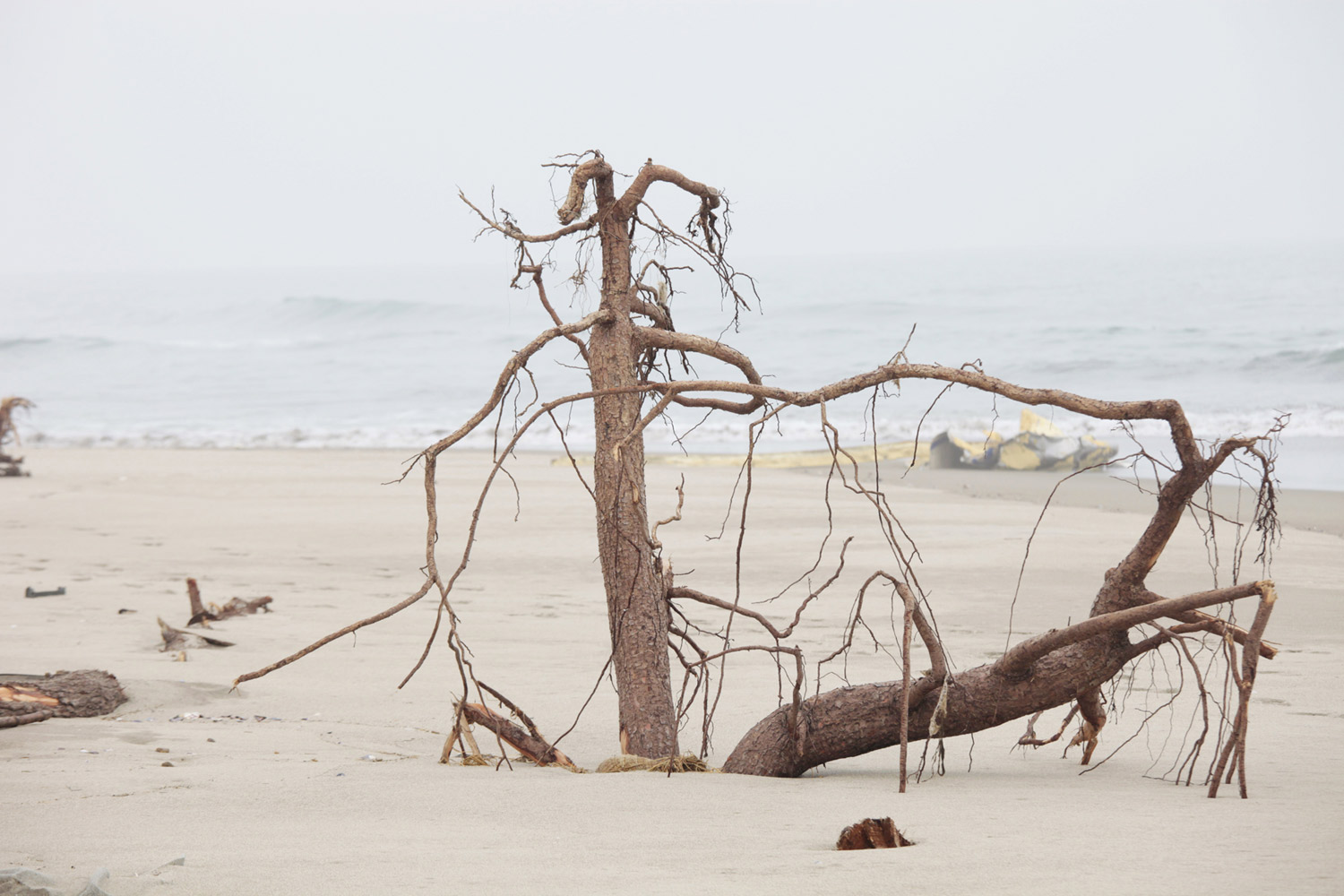
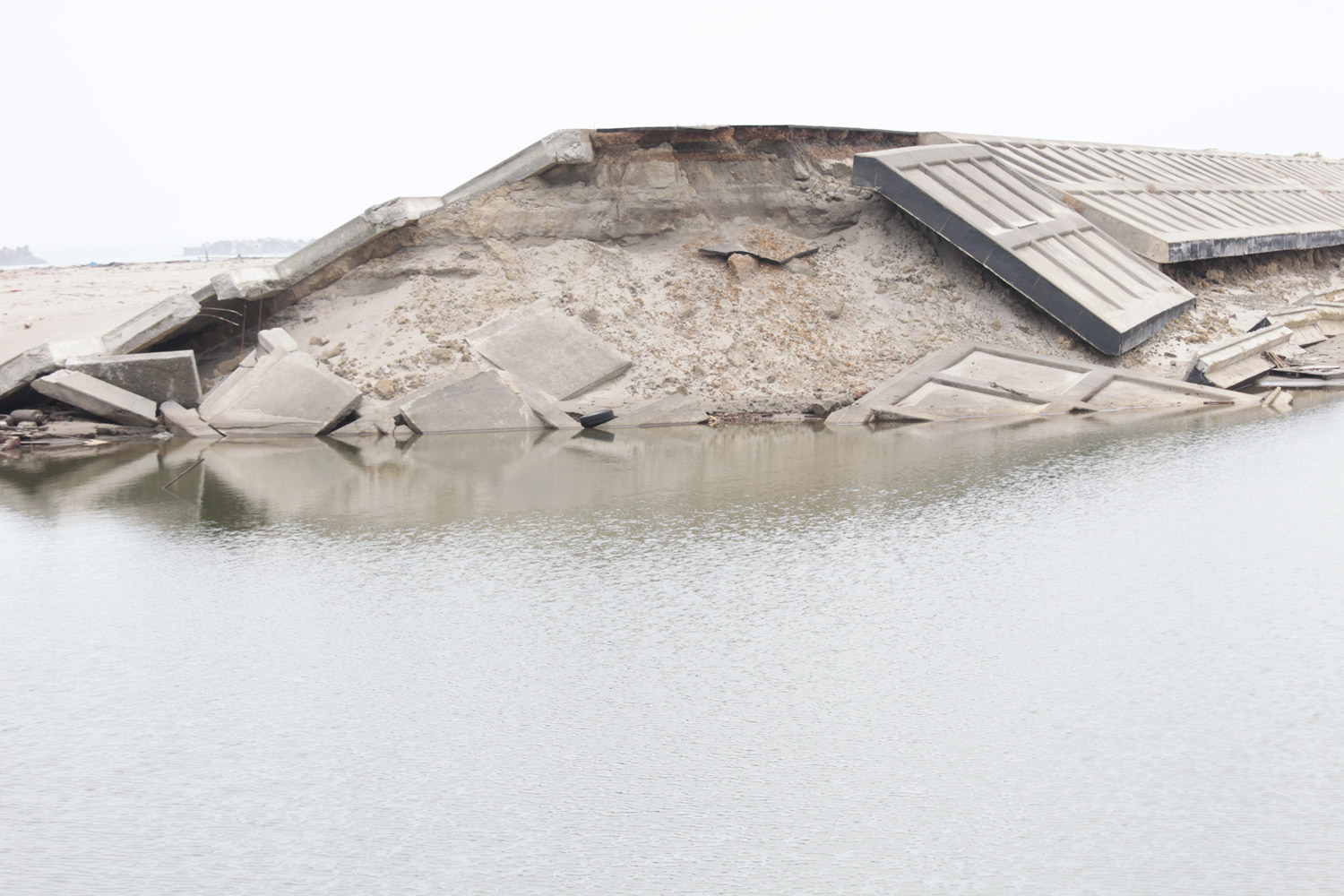
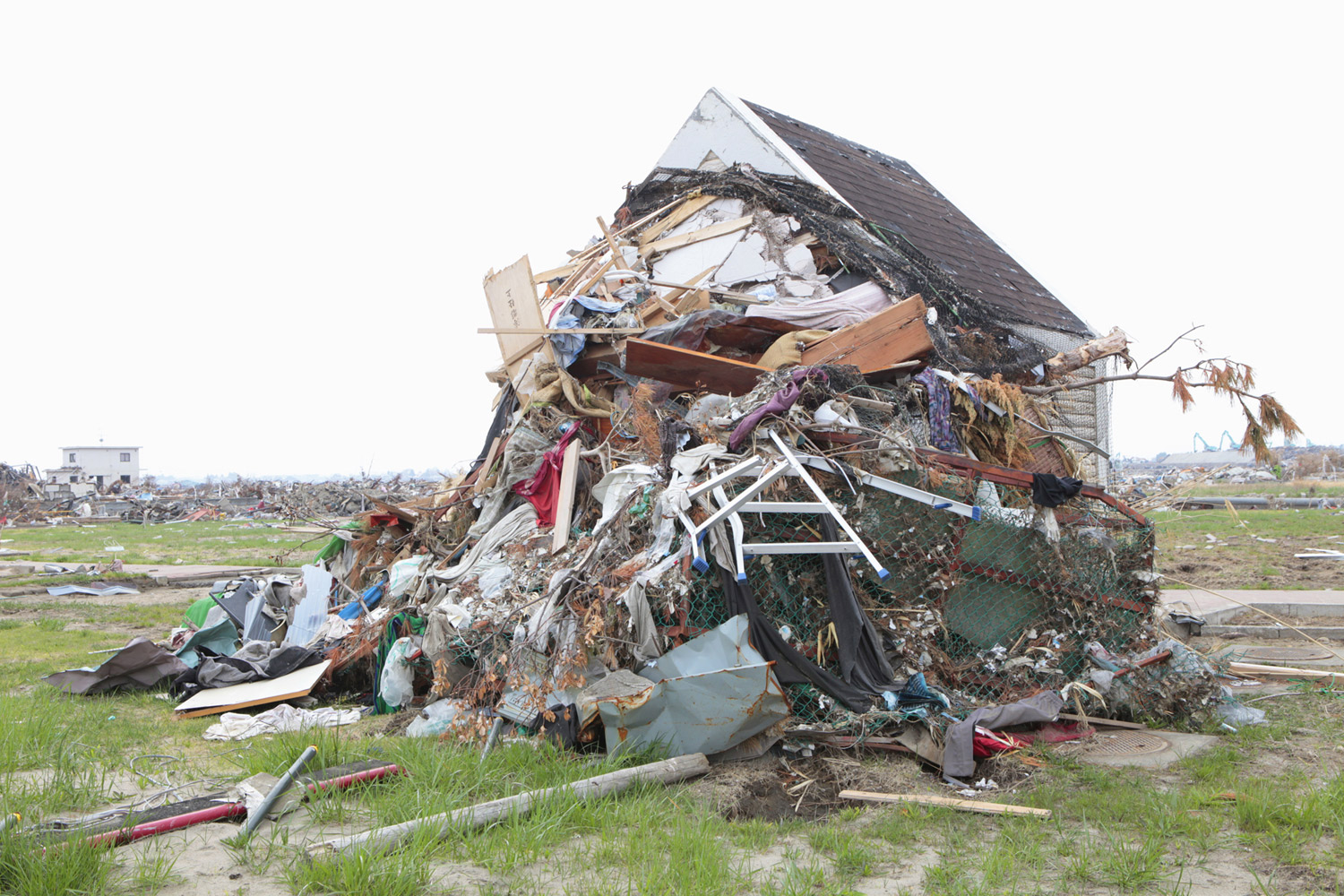
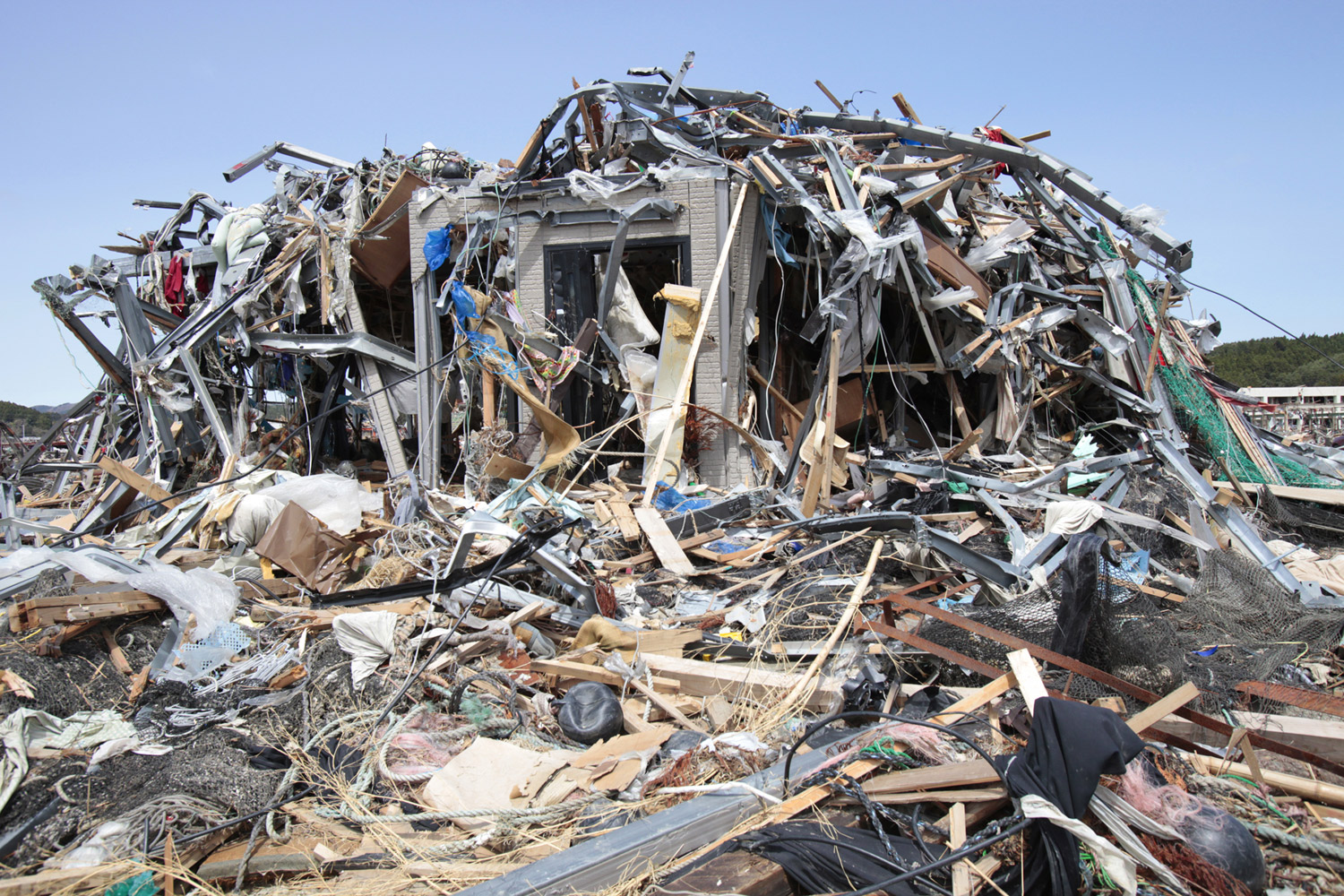
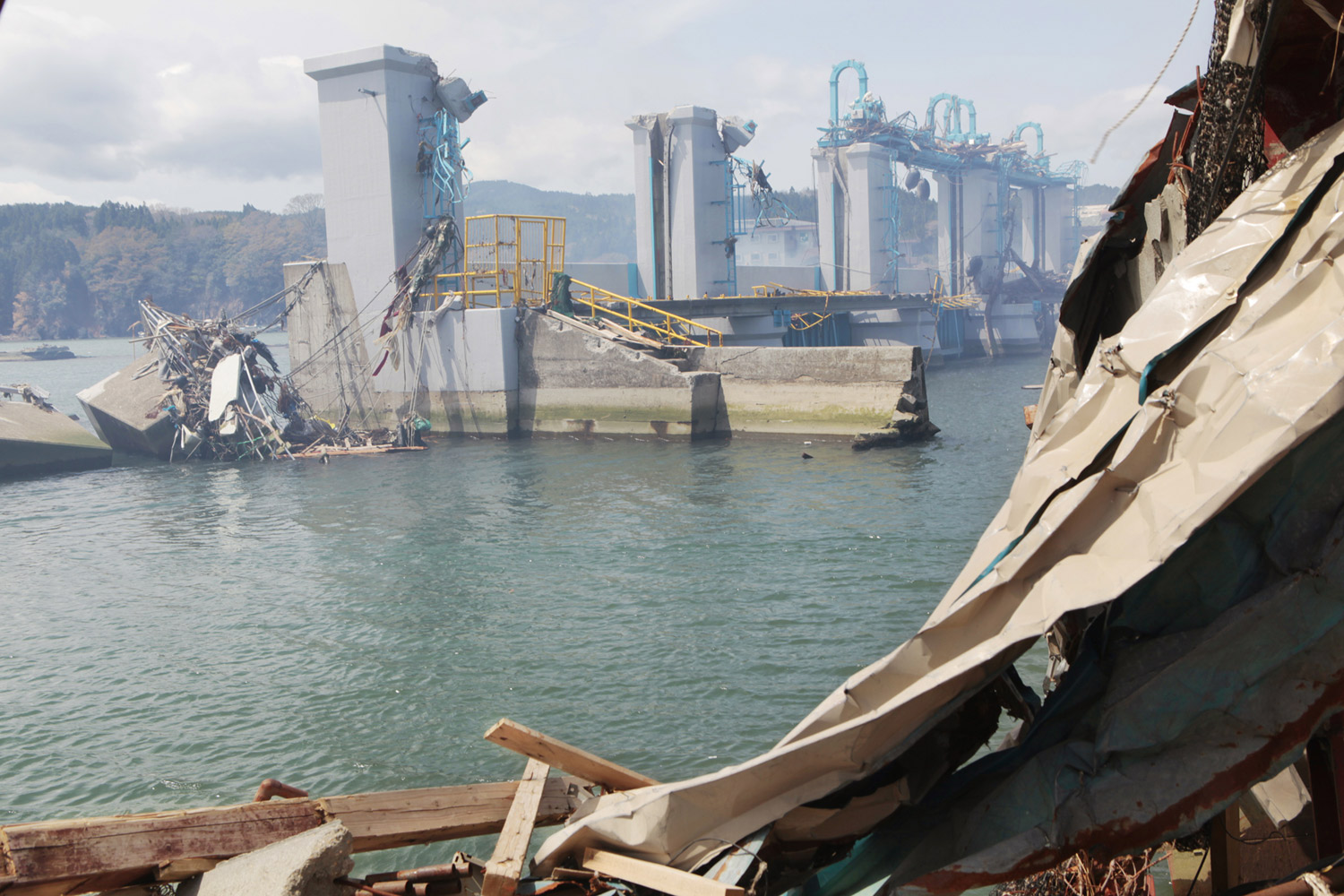
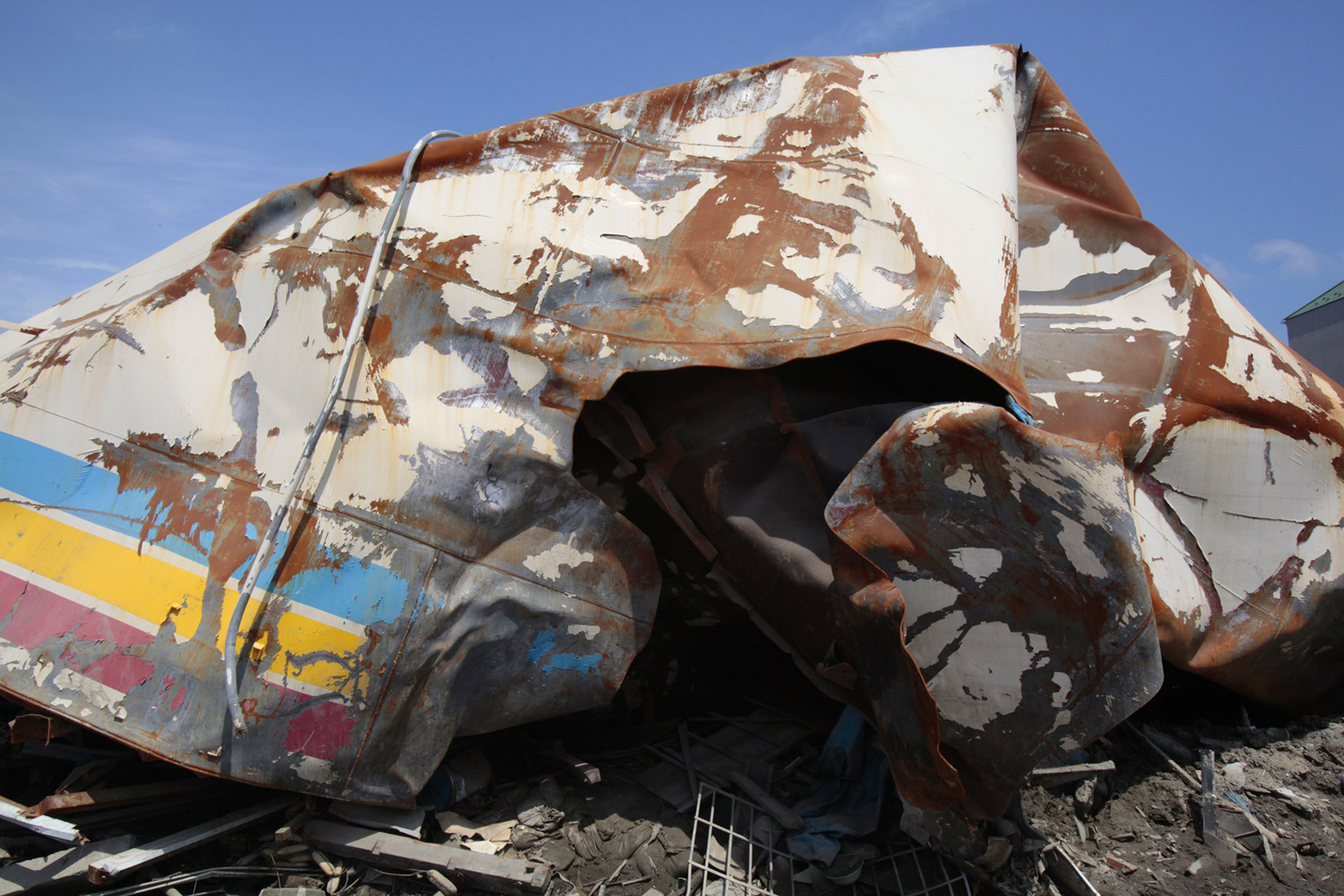

More Must-Reads from TIME
- Why Trump’s Message Worked on Latino Men
- What Trump’s Win Could Mean for Housing
- The 100 Must-Read Books of 2024
- Sleep Doctors Share the 1 Tip That’s Changed Their Lives
- Column: Let’s Bring Back Romance
- What It’s Like to Have Long COVID As a Kid
- FX’s Say Nothing Is the Must-Watch Political Thriller of 2024
- Merle Bombardieri Is Helping People Make the Baby Decision
Contact us at letters@time.com